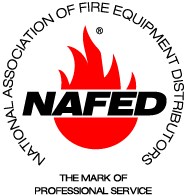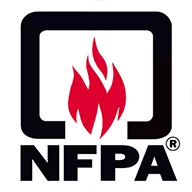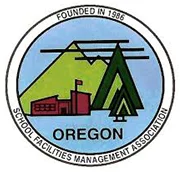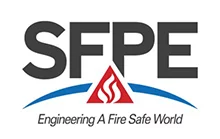Inspection
Repair
& Installation
Management
Consultation
Welcome Integrated Fire Systems customers!
 We are pleased to announce that Integrated Fire Systems, Inc. is now a fully-owned division of Performance Systems Integration (PSI). What does that mean to you?
We are pleased to announce that Integrated Fire Systems, Inc. is now a fully-owned division of Performance Systems Integration (PSI). What does that mean to you?
First, if you receive services from Integrated Fire Systems Inc., nothing has changed, you will continue to receive the same excellent service you have in the past.
About Us
Performance Systems Integration is a leading provider of Fire & Life Safety services in the Pacific Northwest and Northern California. We have been in operation since 2002 and are based in Portland, Oregon. We provide our customers with “single-point-of-management” compliance services and solutions for all of your fire protection and life safety needs. We also operate fire extinguisher sales, parts, service, cylinder prequalification, and maintenance as Fire King in Washington State.
Our Services
We provide a broad range of Fire & Life Safety programs designed to meet the specific needs of the industries we serve. We specialize in providing the following Fire & Life Safety Services:
- Tests and Inspections
- Services and Repairs
- System Designs
- Monitoring
- Discrepancy / Deficiency Management
- Code Compliance
With our broad range of service offerings, we can act as a single source for all your life safety needs, ensuring unparalleled fire protection, security, and control over what happens in your building, including tailored solutions for the following industries:
- Hospitals / Healthcare
- Long-Term Care / Assisted Living
- Industrials / IT / Commercial
- Industrial / Manufacturing
- Education
- Hospitality / Hotels
- Property Management
We are committed to remaining your compliance partner by providing you with the best code-compliant solutions in the industry! If you have additional questions or concerns, please do not hesitate to reach out directly to your previous point of contact within Integrated Fire Systems, Inc.
CONTACT US FOR YOUR EVERGREEN FIRE AND SAFETY SERVICE NEEDS
Get in touch with our experienced team today.

“We love using PSI! Their team is very responsive and they provide a one stop shop for all our fire testing, supply and repair needs. Their customer service and responsiveness to issues that raise keep...” Read More

“We appreciate PSI’s willingness to work alongside our renovation crew to minimize the interruption to our guests. Everyone I worked with on the project have all been patient, easy to work with and professional.”

“PSI has become one of my most valued resources. The knowledge base and technical/troubleshooting ability has made them indispensable. They are super nice and always dependable and eager to help not matter what the ask.”

“PSI has always ensured our code compliance. Their staff is extremely knowledgeable and has continually stayed on top of code requirements. PSI technicians are very professional and always responsive to our needs.”

“We couldn’t be happier with PSI! They provide outstanding customer service in all areas, are very quick to respond, with competitive proposals and great service. They have even provided some on-site training opportunities for some...” Read More

“I wanted to express my appreciation for the service PSI has provided us over the years. The staff has been a pivotal part in making sure we get these buildings tested correctly and efficiently. We...” Read More















